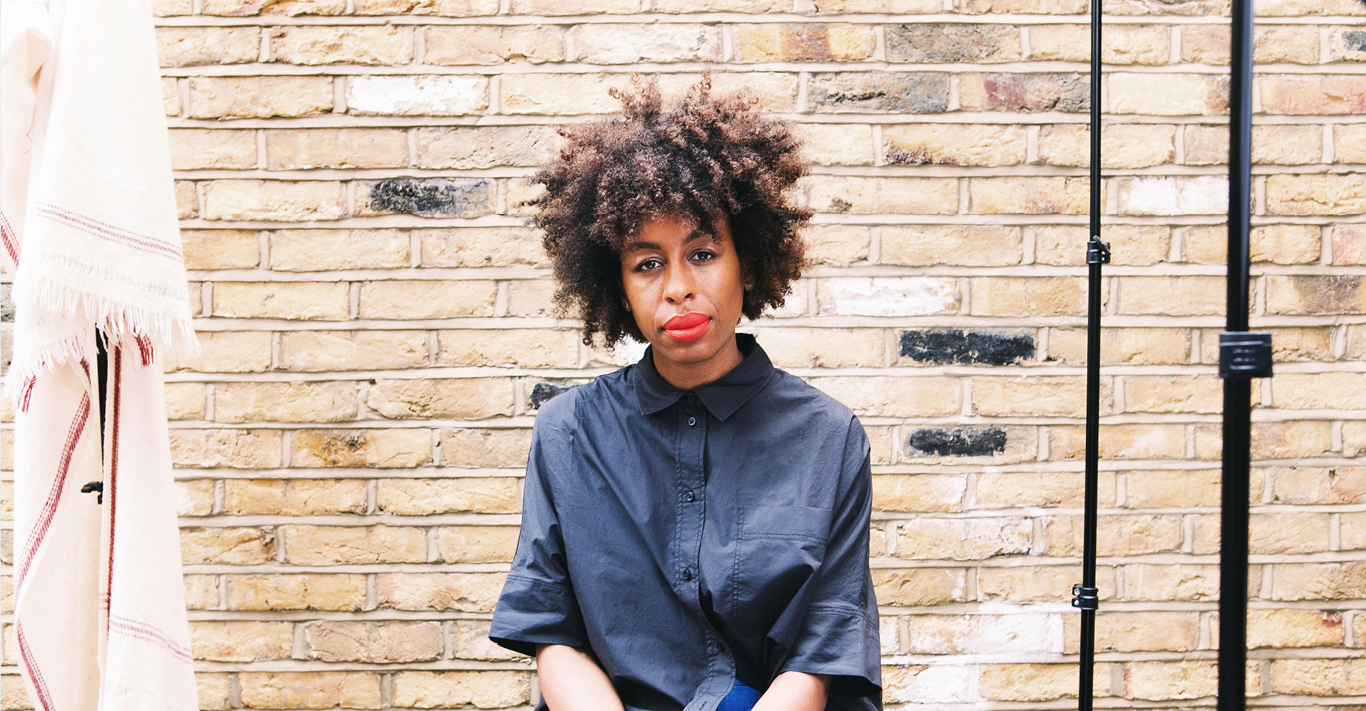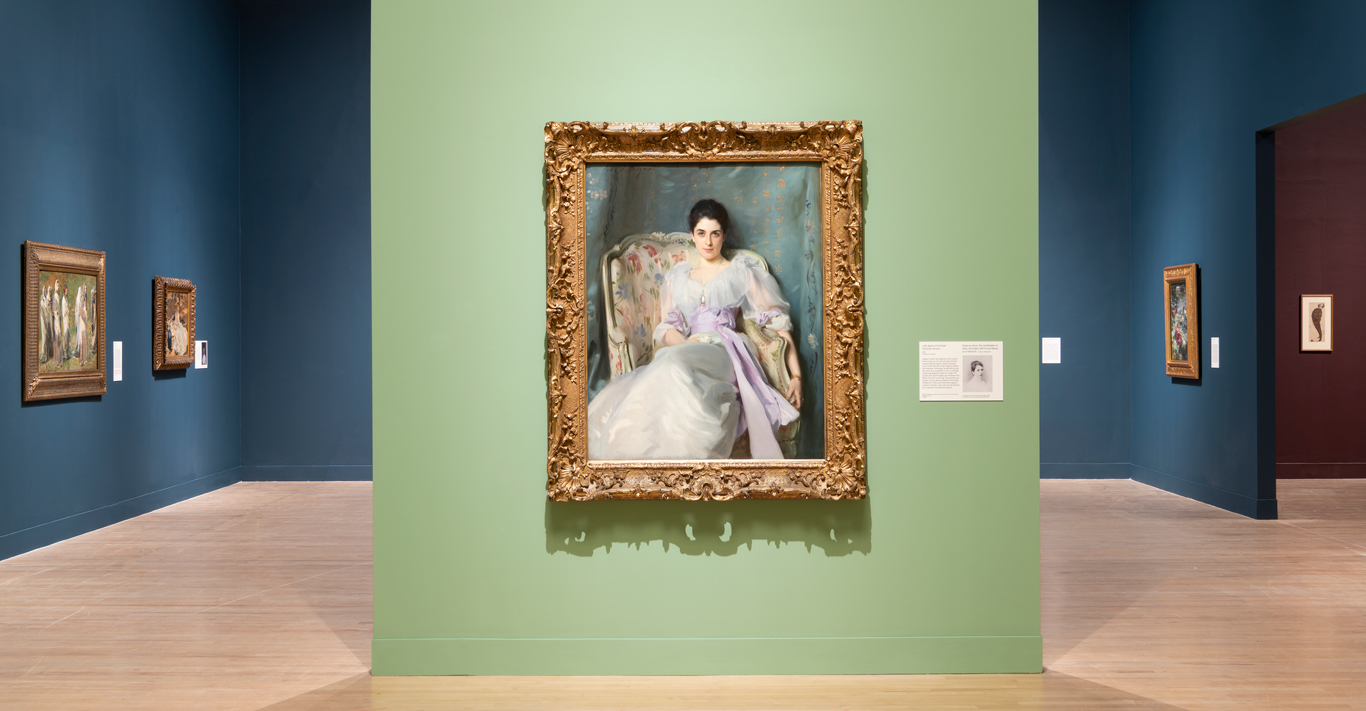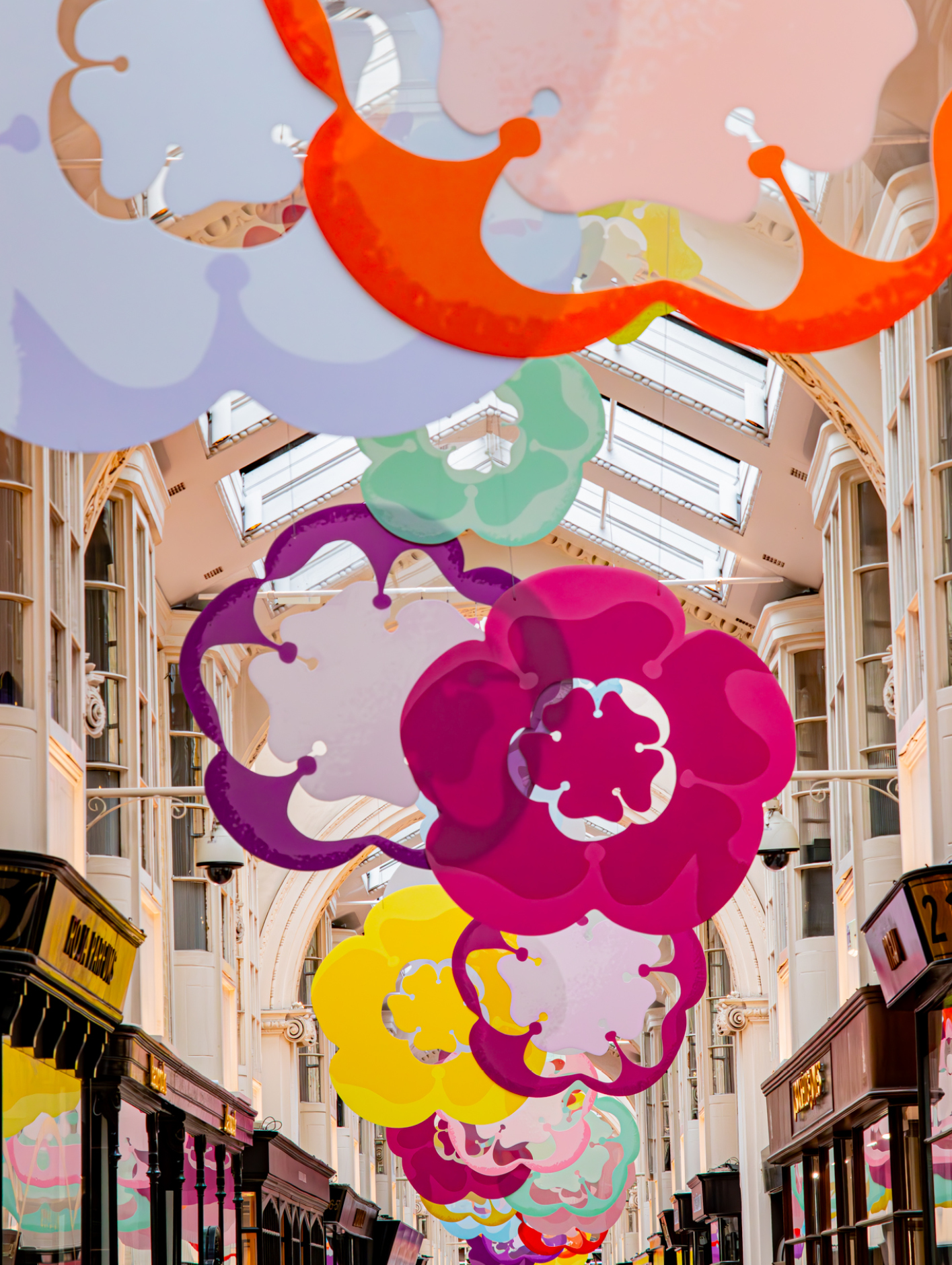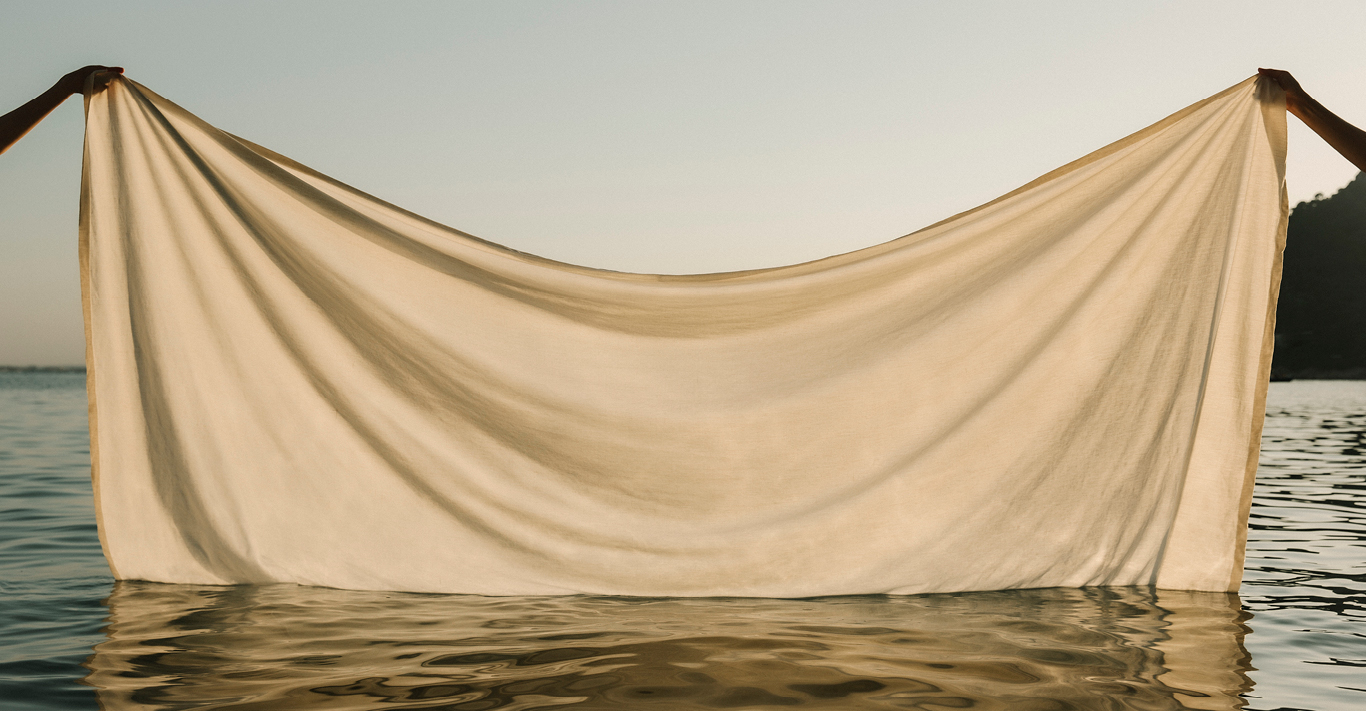Building a career in the art world was all accidental. In high school I really liked world history and my interest in art came through my love of history. I majored in art history at university (although I nearly chose maths!) and I really loved it. While I was studying my BA I did a marketing internship at the Museo de las Americas and volunteered on weekends at the Museum of Contemporary Art Denver. After I did my MA at SOAS (the School of African and Oriental Studies), I was a bit tired of education, so I started working at an online art retailer and my boss there gave me my introduction into how to think about digital marketing and e-commerce. It taught me a lot about good storytelling and practical approaches to marketing. It was while on maternity leave in 2015 that I started to think about what direction I wanted to go in my career. It took a lot of soul-searching, but I decided that I wanted to pursue my PhD to eventually teach art history. I wanted synergy between all of my professional efforts, so that’s when I started with Art UK.
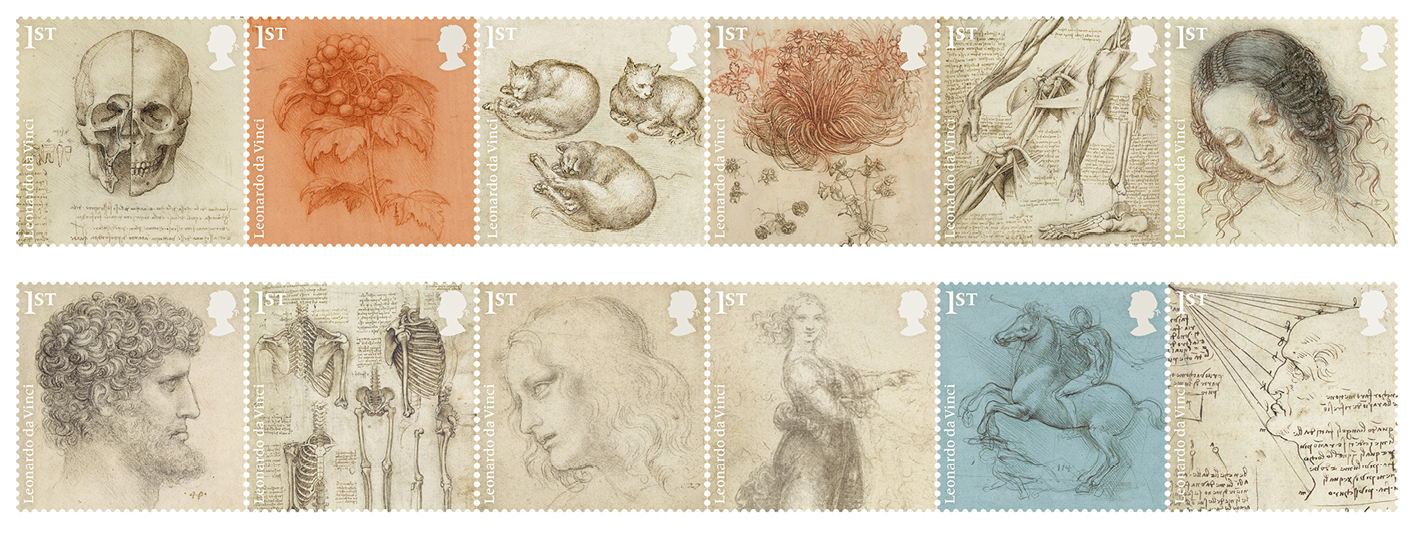
I joined Art UK in November 2017. I am the social media marketer, so I look after all our social media accounts, the newsletter and podcast. Art UK is a cultural education charity which is creating a digital catalogue of the UK’s national art collection. We’ve recently launched a sculpture project to catalogue public sculpture across the country. Our aim is to make art as accessible as possible for everyone. I think that we are the only country in the world that has this kind of initiative. We’re putting it out to collectors and institutions now to see the sorts of things they think will be important to digitise for the future and we will keep adding to the site over time.
The Art Matters podcast started in February 2018. At the time we were looking into ways to reach different audiences and have content that people of all ages and backgrounds would find interesting, and one of the suggestions was a podcast. The topics are, hopefully, ones that have mass appeal. I rely on my gut instinct to find something that’s appropriate and interesting, then I’ll start looking around to see if it’s actually a viable topic in a visual culture context and will then comb around for experts in that particular area. For example, we did one recently on astrology because I came across several images on the site that have astrological themes. I think it’s very important to engage with topics outside of the traditional art world. I’ve had some guests who say they don’t know much about art – but of course they know a lot about their topic – so they feel a bit intimidated. I don’t want people to feel that way about art. My dream guest changes day-to-day but Kanye West would be an experience. I think I could ask him one question and he would just talk for hours! He dropped out of art school and art ties into a lot of the work he’s done. He’s definitely an interesting topic that I’d like to cover one day.
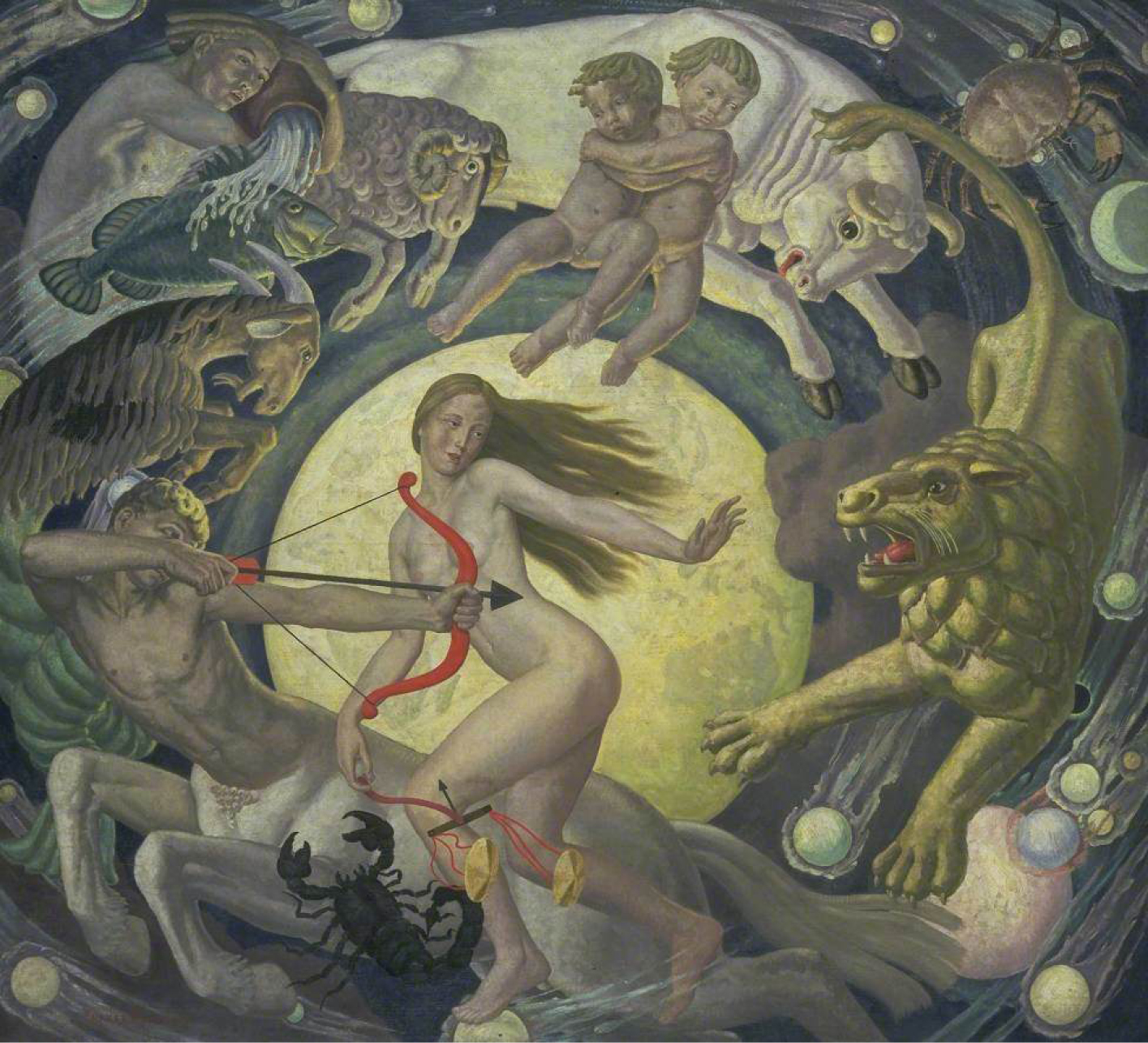
I think art is often not given priority in education but it’s something that’s woven into every single thing we do and experience, which is really the heart of what the podcast is about. I hope that if institutions and publications make an effort to connect people to art then it will stop feeling like an elitist subject.
Academically my area of specialism is modern Chinese art – although that’s a slightly misleading label because it’s really about Chinese propaganda and political art. Again it’s looking at art through a political history perspective. The other side of that is pop culture, which is what I do for the podcast. I’m interested in all the stuff that everyone overlooks as being art and I want to know about the visual culture of those things. That’s not to say people aren’t doing research on those areas – we’ve just recorded a podcast on art in stamps and it’s something people have done a lot of research on – but I’m interested in highlighting topics like that from an art historical standpoint. Sometimes people think that there’s a firm line between art and commercialism but there’s not. Artists like Andy Warhol and Lichtenstein were very provocative at the time but they weren’t the first to take inspiration from pop culture. Toulouse-Lautrec was making posters and Salvador Dalí did loads of advertisements and commercial projects – he even made a Disney film called Destino. Alphonse Mucha is a fine artist, but he also designed stamps and calendars. There are loads of these connections that are really fascinating.
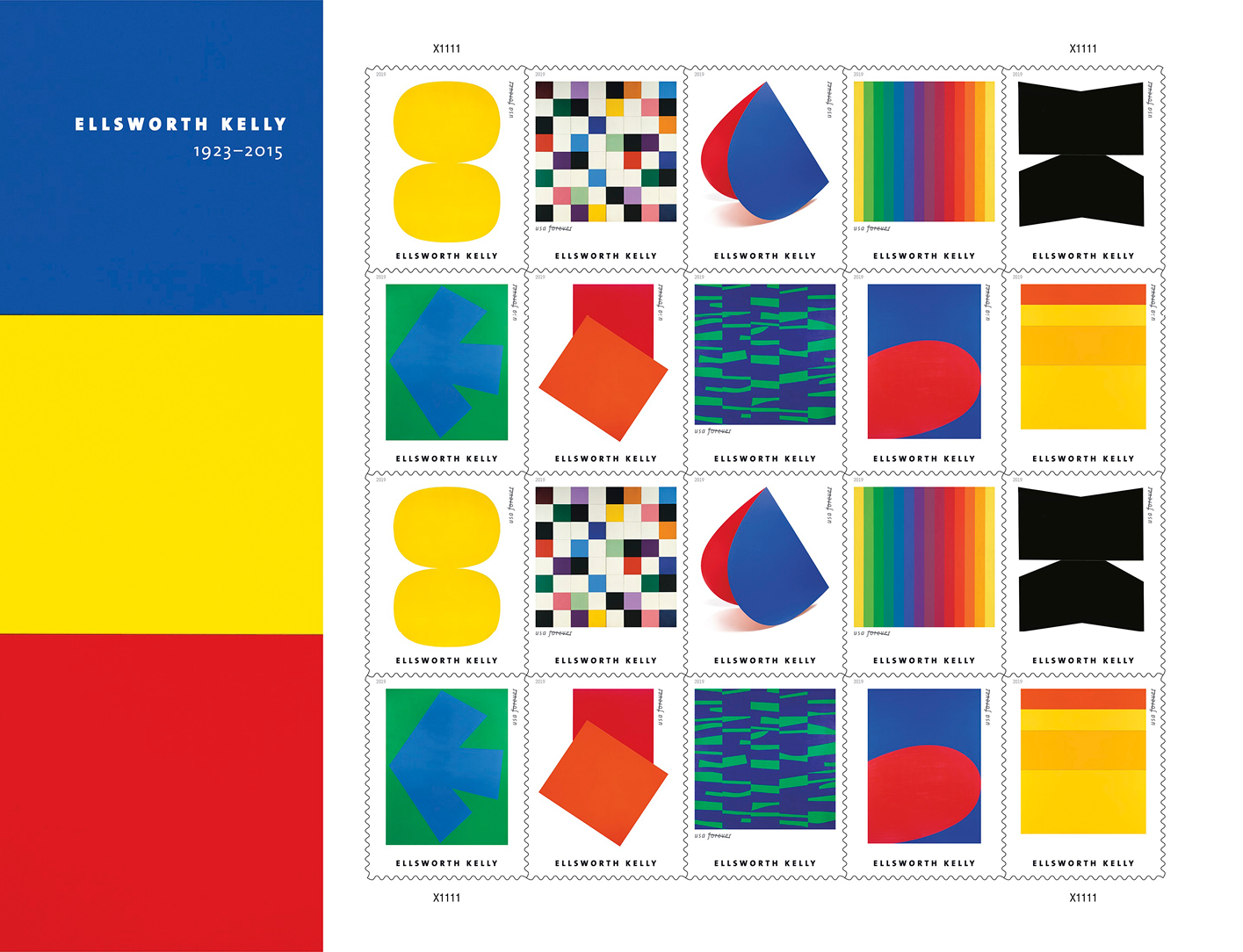
Limited-edition prints are actually a great way to start an art collection and I would advise people to check out some of the fairs and then think about the kind of style and artists they like. The figures show that women artists’ works sell at lower values than their male counterparts – this is frustrating in many ways, but it also means that, for now, you may be able to more affordably collect and support their work. I’d like to see people learn about less widely known women artists like Clara Peeters or Helen Frankenthaler while also giving the well-deserved props to the likes of Frida Kahlo and Georgia O’Keeffe. Gender balance is definitely something I try to be conscious of in the work I do. I have seen a lot of change over the last couple of years – there have been more shows for women artists and there is an operative to do better. The women artists are there, they’ve always been there, and people are now taking it upon themselves to do shows or write more about them, so it’s happening in the institutions as well. I like to think things are improving and soon having a true gender balance will just become the norm.

